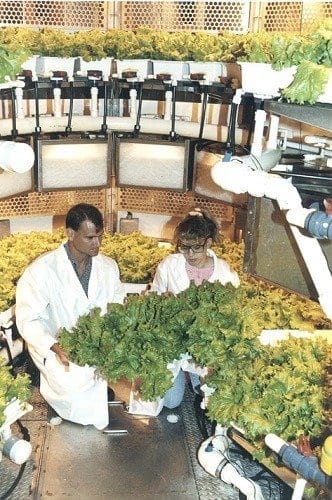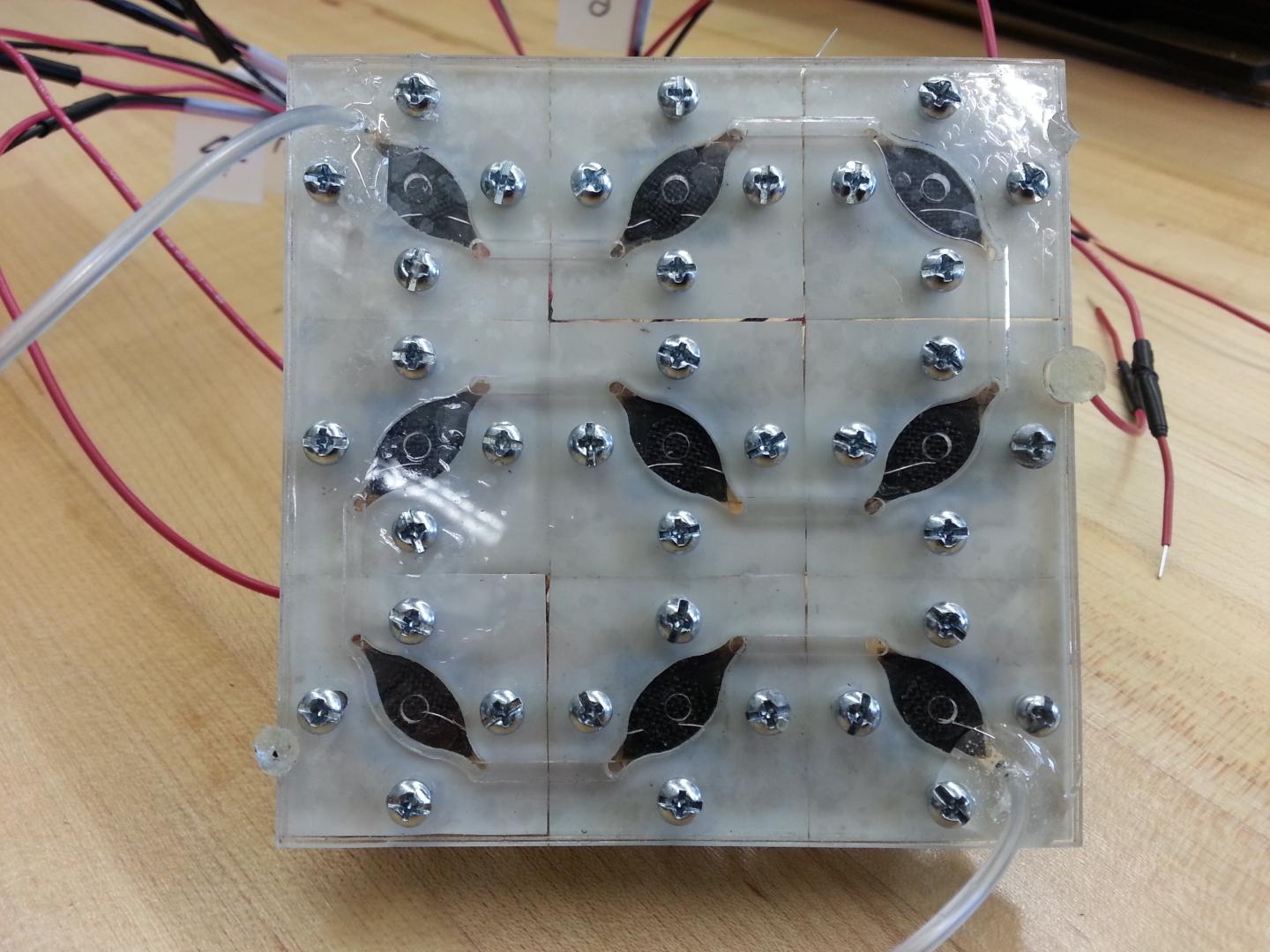
They would travel trillions of miles; far further than any previous craft.
A $100m (£70m) research programme to develop the computer chip-sized “starships” was launched by the billionaire Yuri Milner, supported by Facebook founder Mark Zuckerberg.
Interstellar travel has long been a dream for many, but significant technological hurdles remain.
But Prof Hawking told BBC News that fantasy could be realised sooner than we might think.
“If we are to survive as a species we must ultimately spread out to the stars,” he said.
“Astronomers believe that there is a reasonable chance of an Earth-like planet orbiting one of the stars [in] the Alpha Centauri system. But we will know more in the next two decades from ground based and space based telescopes.
“Technological developments in the last two decades and the future make it possible in principle within a generation.”
Prof Hawking is backing a project by Mr Milner’s Breakthrough Foundation, a private organisation funding scientific research initiatives that government funders think to be too ambitious.
Expert group
The organisation has brought together an expert group of scientists to assess whether it might be possible to develop spaceships capable of travelling to another star within a generation and sending information back.
The nearest star system is 40 trillion km (25 trillion miles) away. Using current technology it would take about 30,000 years to get there.
The expert group concluded that with a little more research and development it might be possible to develop spacecraft that could cut that journey time to just 30 years.
“I’d have said that even a few years ago travel to another star at that kind of speed would not be possible,” said Dr Pete Worden, who is leading the project. He is chairman of the Breakthrough Prize Foundation and a former director of Nasa’s Ames Research Center in California.
“But the expert group figured out that because of developments in technology there appears to be a concept that appears to work.”
The concept is to reduce the size of the spacecraft to about the size of a chip used in electronic devices. The idea is to launch a thousand of these mini-spacecraft into the Earth’s orbit. Each would have a solar sail.
Learn more: Hawking backs interstellar travel project
The Latest on: Interstellar travel
[google_news title=”” keyword=”interstellar travel” num_posts=”10″ blurb_length=”0″ show_thumb=”left”]
via Google News
The Latest on: Interstellar travel
- What Does Billionaires Dominating Space Travel Mean for the World?on April 27, 2024 at 2:00 pm
Billionaires' ventures into space travel raise questions about private companies' role in exploration, geopolitical power dynamics, and the future of space collaboration.
- Mapping the Milky Way's magnetic field in 3Don April 27, 2024 at 10:51 am
We are all very familiar with the concept of the Earth's magnetic field. It turns out that most objects in space have magnetic fields but it's quite tricky to measure them. Astronomers have developed ...
- Nasa engineers bring Voyager 1 back to life after interstellar glitchon April 27, 2024 at 5:00 am
After a sudden loss of contact in November, mission controllers were able to reestablish contact with the probe across 15bn miles of space ...
- High-speed rail an exciting return to big thinking on US infrastructureon April 27, 2024 at 2:06 am
It was a good week for anyone who dreams about the power of technology to transform our lives and society for the better, as well as to unlock the mysteries of the cosmos ...
- The search for extraterrestrial life: where are they?on April 26, 2024 at 5:45 pm
The following gallery outlines some of the existing theories that attempt to explain why we haven't yet established real contact with potential extraterrestrial life. Check it out!
- Famous Actors Who Played An Astronauton April 26, 2024 at 3:37 pm
We love to see people in space, even if things turn out badly for them. Here are 32 famous actors who've played astronauts.
- Voyager 1 interstellar spacecraft communication restored after months of silenceon April 26, 2024 at 1:40 am
After nearly five months of communication silence, Voyager 1 has resumed sending usable data back to NASA. The issue was traced back to a faulty chip in the Flight Data Subsystem (FDS) computer ...
- NASA's Fermi space telescope finds a strange supernova with missing gamma rayson April 25, 2024 at 9:00 am
"Fermi is the most sensitive gamma-ray telescope in orbit, so when it doesn’t detect an expected signal, scientists must explain the absence." ...
- ‘The announcement we’ve found alien life could be just a couple of years away’on April 25, 2024 at 4:31 am
Generally, when I’m on a plane, if I tell somebody that I search for life on planets around other stars, I don’t get to sleep,” says Lisa Kaltenegger, with a laugh. “It’s always a careful, curated ...
- NASA re-establishes communication with Voyager 1 interstellar spacecraft that went silent for monthson April 24, 2024 at 6:50 pm
NASA re-established communication with Voyager 1, an interstellar spacecraft that nearly five months ago began sending unreadable data back to the space agency.
via Bing News










